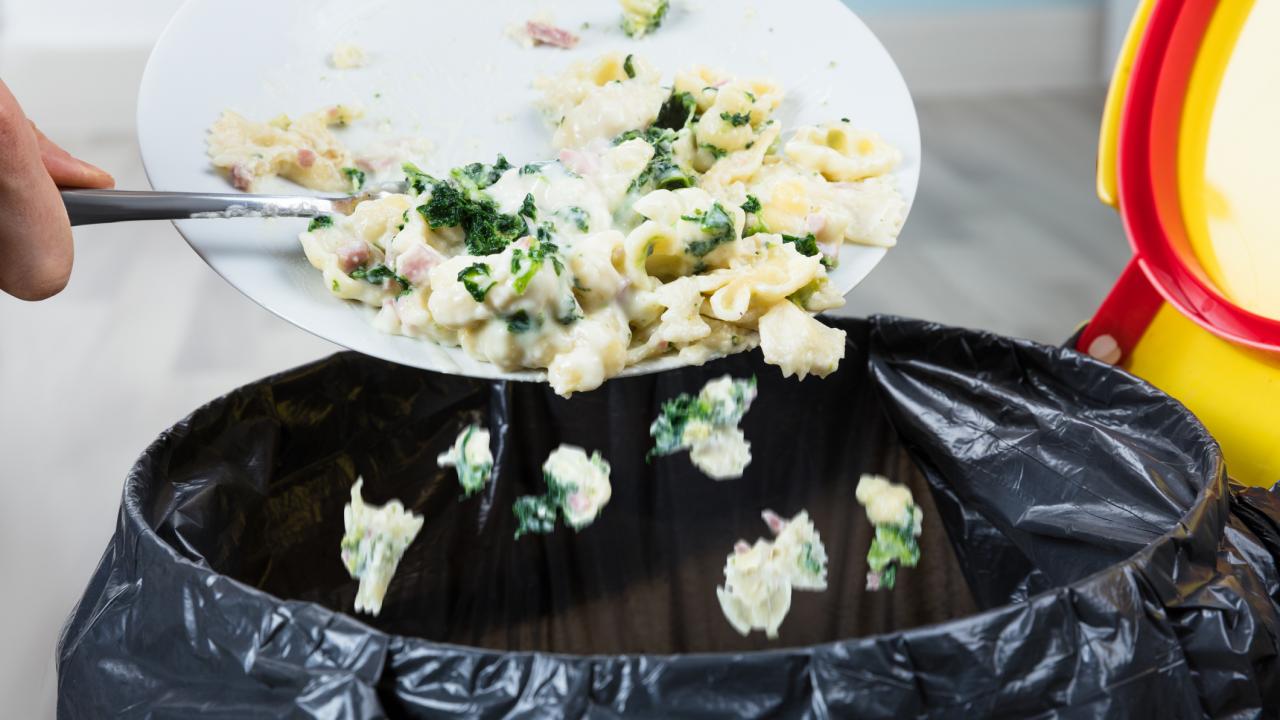Imagine that you bought four bags of fresh groceries. Then you drop one. That’s like taking 25 percent of your grocery bill and throwing all of that money— and food—away. It’s a big deal, both economically and environmentally. Most of us are already doing it unintentionally.
Globally, about 20-30 percent of all food produced for human consumption isn’t eaten by humans. Some is fed to animals, composted, or used to generate biofuels or renewable energy. As a last resort, food waste is sent to a landfill. This not only wastes food, but also the land, water and energy used to produce it. In fact, if food waste were a country, it would have the third highest carbon dioxide emissions, according to the Food and Agriculture Organization of the United Nations.
But there are ways to avoid food waste from the beginning.
End of Waste
“Every decision we make to be a bit more efficient with our food system, from growers all the way down to consumers, is important,” said Edward Spang, assistant professor of food science and director of the Center for Water-Energy Efficiency at UC Davis. “This has to be a conscious effort by a lot of people.”

Spang is advising a team of UC Davis undergraduate students who started the End of Waste Project to do just what their name implies. You know all of that fruit and vegetable pulp leftover from juicing? They’ve upcycled that into four bite-sized health bars— mocha, matcha, coconut mint, and peanut butter chocolate— that are good for humans and the environment.
“The mocha bar is vegan and gluten-free,” said Maddison Gurrola, nutritional science graduate of UC Davis and former student lead on the project. “By weight, 42 percent of it was previously going to compost or landfill.”
Although these yummy snacks aren’t available at the grocery store, and we can’t all be food scientists like the End of Waste team, anyone can upcycle food in their own home. All it takes is a little planning and creativity. The first tip is to be mindful of what you buy. Then use as much of it as possible.
More food-saving tips
- Get cooking: Slightly over-ripe fruit can still be made into banana bread, peach and berry cobblers, or applesauce if you’re quick!
- Dry it: Gurrola dries her excess fresh herbs to use in sauces. Food dehydrators can take it to the next level for more fruits and veggies.
- Freeze it: Fruits for smoothies (hello ripe bananas!), leftover sauces, broth, meat and veggies can all find a second life after some time in the freezer. Spang freezes unused vegetable scraps to throw into soups and fried rice.
- Clean-your-fridge dinners: Pizza, frittatas, stews and stir fries are all blank canvases for whatever unused veggies you have.
- Share it: Too many leftovers? Find a friend, neighbor, or even a local “Buy Nothing” Facebook group. Bring it to work and watch it disappear.
More upcycled food recipes and tips for reducing food waste can be found at the Save the Food website. You can also stay updated on the End of Waste project through their Instagram and Facebook pages.
Media Resources
Sofie Bates is a UC Davis graduate '18 and an intern for the Strategic Communications department. She loves writing about science— both real and fictional— and will soon start a master’s program in science communication. @sciencesofie
